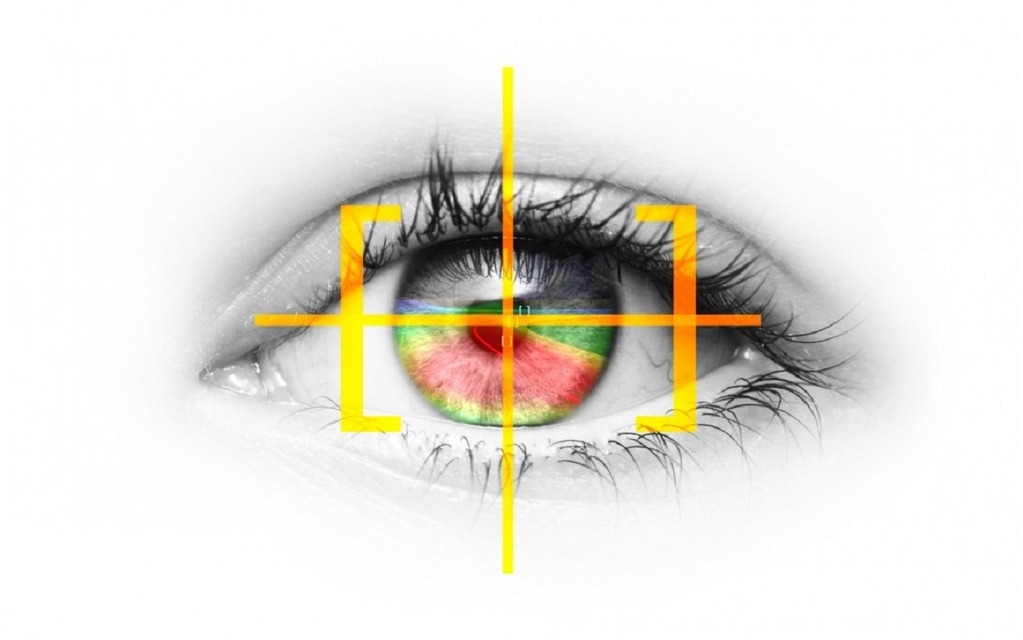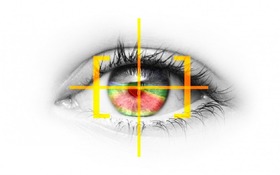GM Develops Headlights That Follows Eye Movement
We are getting ever closer to science fiction: Opel (the European division of General Motors) is currently working on a system that tracks your eyes' position and your line of sight. This information is then sent to a computer which moves the headlights to highlight exactly what you are looking at.
Many cars are currently equipped with adaptive headlights that turn depending on your steering angle (the very first was the 1935 Tatra 77A), but this new tech is even more advanced; it would enable you to get perfectly aimed lighting every time, which would be useful if you were trying to read a sign or if you thought you spotted an animal in the bushes. The engineers are currently trying to perfect the system so that it can ‘’read’’ the eyes of everyone, regardless of their size or if they are wearing glasses. The headlights will also be able to point forward if you stop looking at the road (while looking at your passengers, for example).
- Also: BMW Laser Headlights: The Next Generation Is Coming
- Also: Thieves Target Range Rover LED Headlights
There is no official launch date for this technology, but Opel wants to include it as part of a new array of lighting equipment, which would include a blind-spot projector and a frontal camera that automatically switches between the high and low beams.










